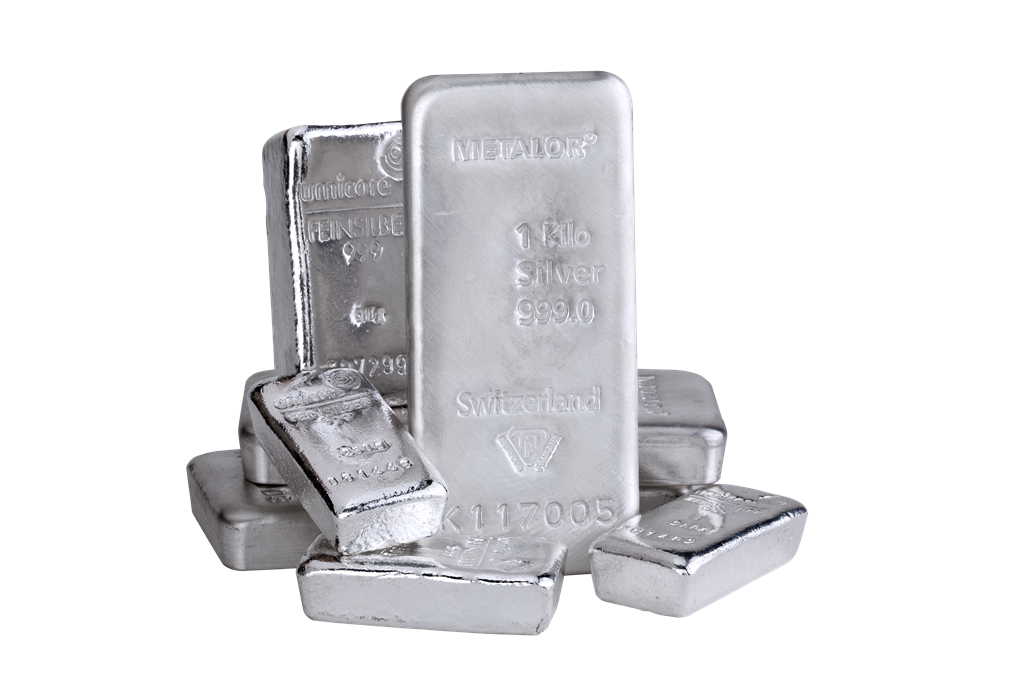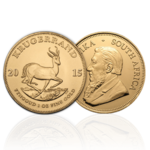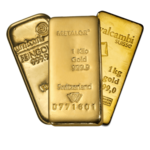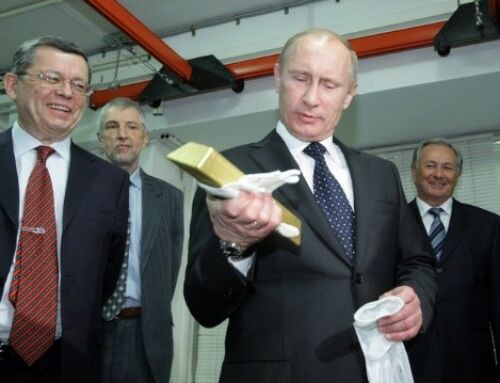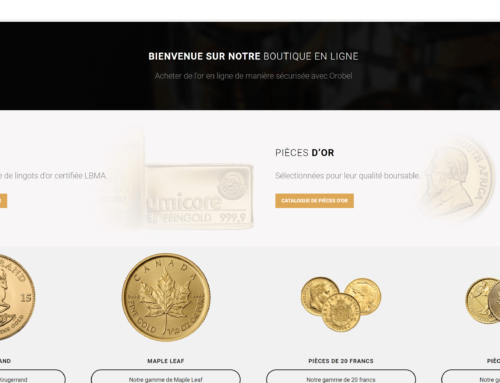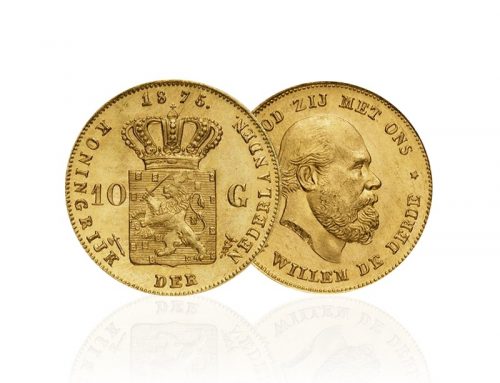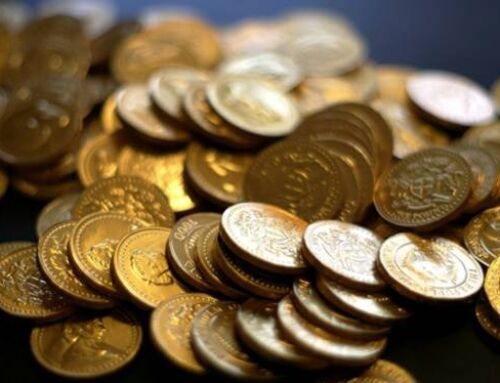Gold Demand Trend in jewelry on 2nd Quarter 2015
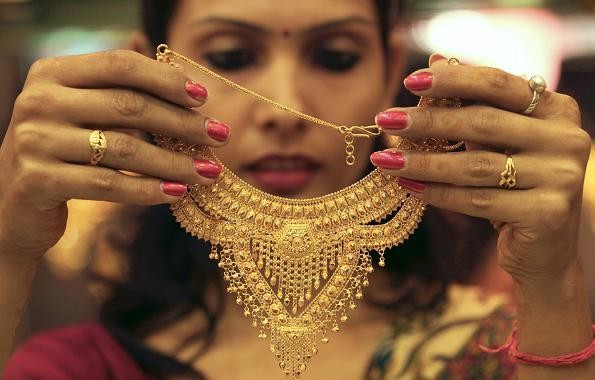
The World Gold Council, a major player in the market of gold internationally publishes annual reports and analysis on the market situation the gold and industries therein apparent. Orobel today summarizes the report on gold jewelery sector.
The weakness in jewelery demand in Asia and the Middle East have led to a 14% contraction in global demand in the jewelry industry. The difficulties facing rural populations in India have impact the market.
| Tons | 2nd Quarter 2014 | 2nd Quarter 2015 | Variation /previous year (%) | Variation /Beginning 2015 (%) |
| Total Demand Worldwide | 594,5 | 513,5 | ↓ -14 % | ↓ -8 % |
| India | 152,6 | 118,0 | ↓ -23 % | ↓ -3 % |
| China | 184,6 | 174,4 | ↓ -5 % | ↓ -6% |
Total demand for gold jewelery rose to 513.5 tonnes in Q2 2015, down 14% compared to the 2nd quarter of 2014. The decline affected all markets in Asia and the Middle East.
End of June, demand reached 1116.9 tonnes – 2% below the five-year average for 2010-2014 (1144.8 t). Compared to last year, the demand for the first half of 2015 was down 8%.
Drop of the demand in jewelry in India
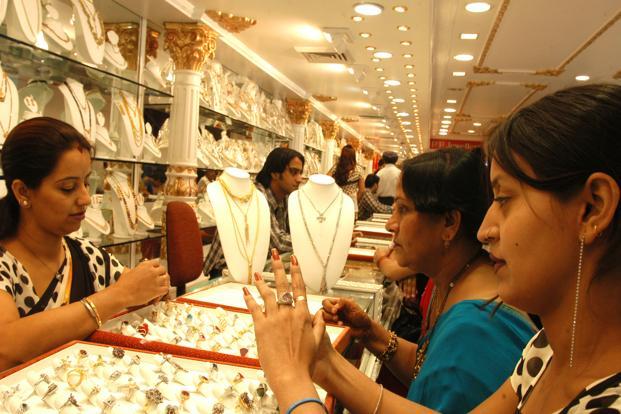
The drop 81 tons of global demand for jewelery, in Q2 2015 was primarily attributable weather disturbances in India, damaging crops. The impact was direct and significant on the income of rural populations (constituting 50% of the demand of Indian gold) and was felt in segments where consumers are highly dependent on rural demand.
Urban demand held up better. The company Titan Company said in its results April-June 2015, its jewelry sales volumes fell by 10%. Their range GoldPlus – designed for Indian customers « semi-urban and rural » – was one of the worst performing, with a decrease of 24% compared to last year.
The request related to Indian weddings was lower in Q2 2015. The Hindu calendar this year was not auspicious for marriages between June 11 and November 1. We should observe a recovery in purchases for weddings by the end of the current quarter. Although demand related to marriage may be affected by quarterly fluctuations, total annual purchases should not be affected and the total number of marriages will not decrease.

Jewelry manufacturers and wholesalers had anticipated. Much of the excess gold currently languishing in inflated stocks, waiting to be absorbed by demand, which is expected to recover in the second half of 2015.
Looking, semi-annually, demand for jewelry in India, the impact has been a slight decrease of just over 7 tonnes. With Diwali announcing the start of the wedding season for Q4 (mid-November), the outlook for the second half of 2015.
Fall of the jewelry demand in China
Chinese demand fell by 5% to 174.4 tonnes in the 2nd quarter, from 395.6 to 420.6 t t since early January compared to 2014.
The demand for 24 carat gold has been the most affected, one for jewelry 18K is more mixed. This reflects the trend in India. Major retail brands in China were much better able to withstand the slowdown, mostly seen in small retailers.
Chinese stock markets continued to consolidate this quarter. The Shanghai Composite Index surged in June to heights never achieved in 7 years, away from the attention of the consumer of gold jewelry. However, when the composite SES shares fell sharply in June, the reverse was not the case. In fact, the negative effect on jewelery demand was compounded by the negative impact on consumer sentiment (graph below).
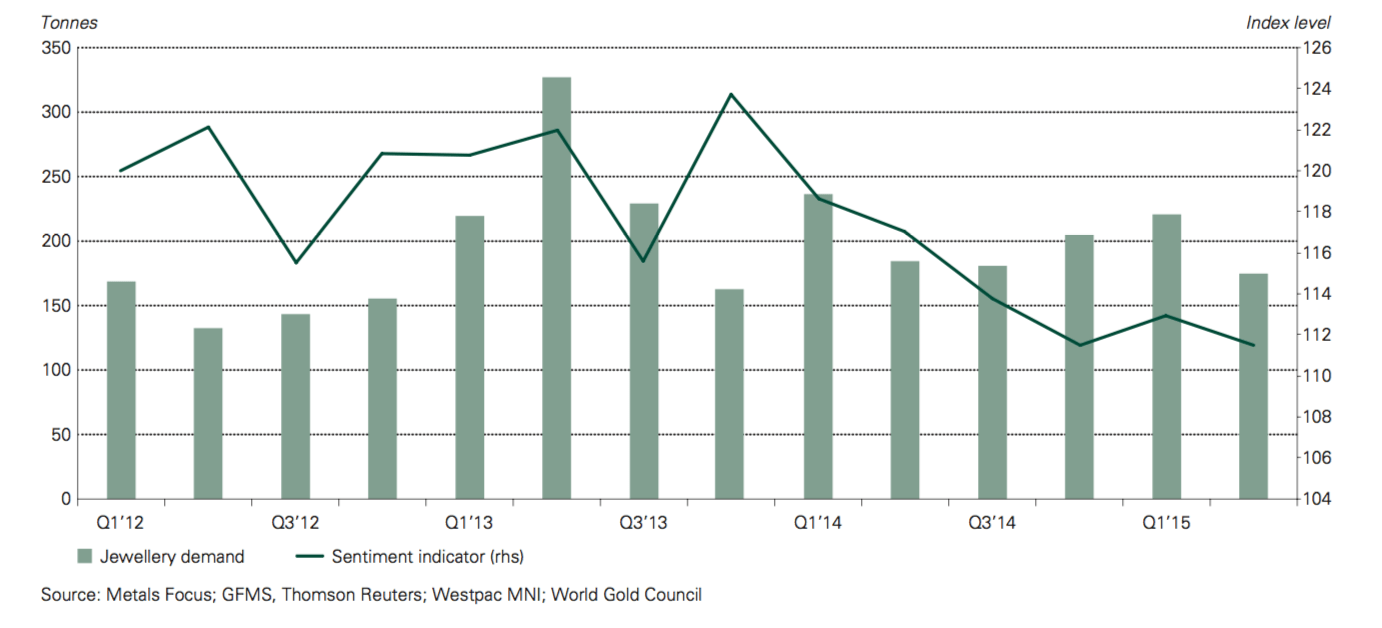
The Chinese jewelry industry faces a significant challenge. Increased competition has forced a number of small shops to close and many wholesalers are facing debt problems, Chinese banks tightening their credit lines for the jewelry industry.
Mitigated results in Asia.
The demand was mixed in smaller Asian markets: weak demand in Thailand was a reaction to the economic contraction that followed the military coup last year, eroding consumer confidence. The introduction in Malaysia in a 6% tax on products and services in April brought down the demand to its lowest quarterly since 2011.
In contrast, demand in Japan rose slightly. Demand increased by 0.2 tons, reversing the decline of the previous year caused by an increase in VAT.
Vietnam has outperformed the rest of the region with an increase of 22% over the previous year. Lower prices and GDP growth have given back consumer confidence and led to the purchase.
Negative strengths dominate demand in Middle-Eas
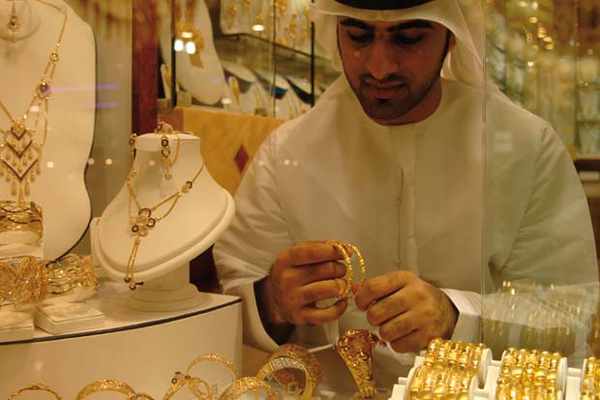
There is a general decline in demand in the second quarter in the Middle East. The VAT increase, oil prices, weak currencies and international economic sanctions have been damaging to the demand in Iran. On this last point, the lifting of international economic sanctions sparked an improvement in demand in recent weeks, although the burden of the VAT increase and low oil prices remain negative.
Jewellery demand in the UAE has depreciated by 22%, with losses attributed to a decline in spending by European tourists (against a background of weakening of the euro) and the regional geopolitical tensions.
A general upward trend for jewelery demand in the US
The atmosphere across the Atlantic on the gold jewelry market was more positive. The United States remains a slow but steady engine in jewelery demand, there was a slight increase (2%) in demand compared to the previous year. Encouraged by falling prices, consumption was stimulated, stimulus highlighted by a 11% increase in gold jewelry imports in April and May.
With a recovery in US economic growth, demand is expected to regain momentum as soon as prices reach new lows. This is supported by the comments of the chief economist of the National Retail Federation, Jack Kleinhenz:
« As long as consumer spending will continue to be irregular and varied, in the future, should see improvements in retail sales, supported mainly by a healthy labor market in the United States, improved markets housing and easier access to consumer credit. «
The marginal improvement in European regional demand was driven by modest increases in the United Kingdom, Spain and Germany who have won on minor declines in France and Italy. While exports to Italy have again benefited from the recovery in the United States, domestic demand continues to stagnate – hit by the decline of the euro.
All news and infos about gold on
[button type= »info » target= »_self » link= »http://orobel.biz/en/info/news.html » icon= »info-sign »]Orobel.biz[/button]

